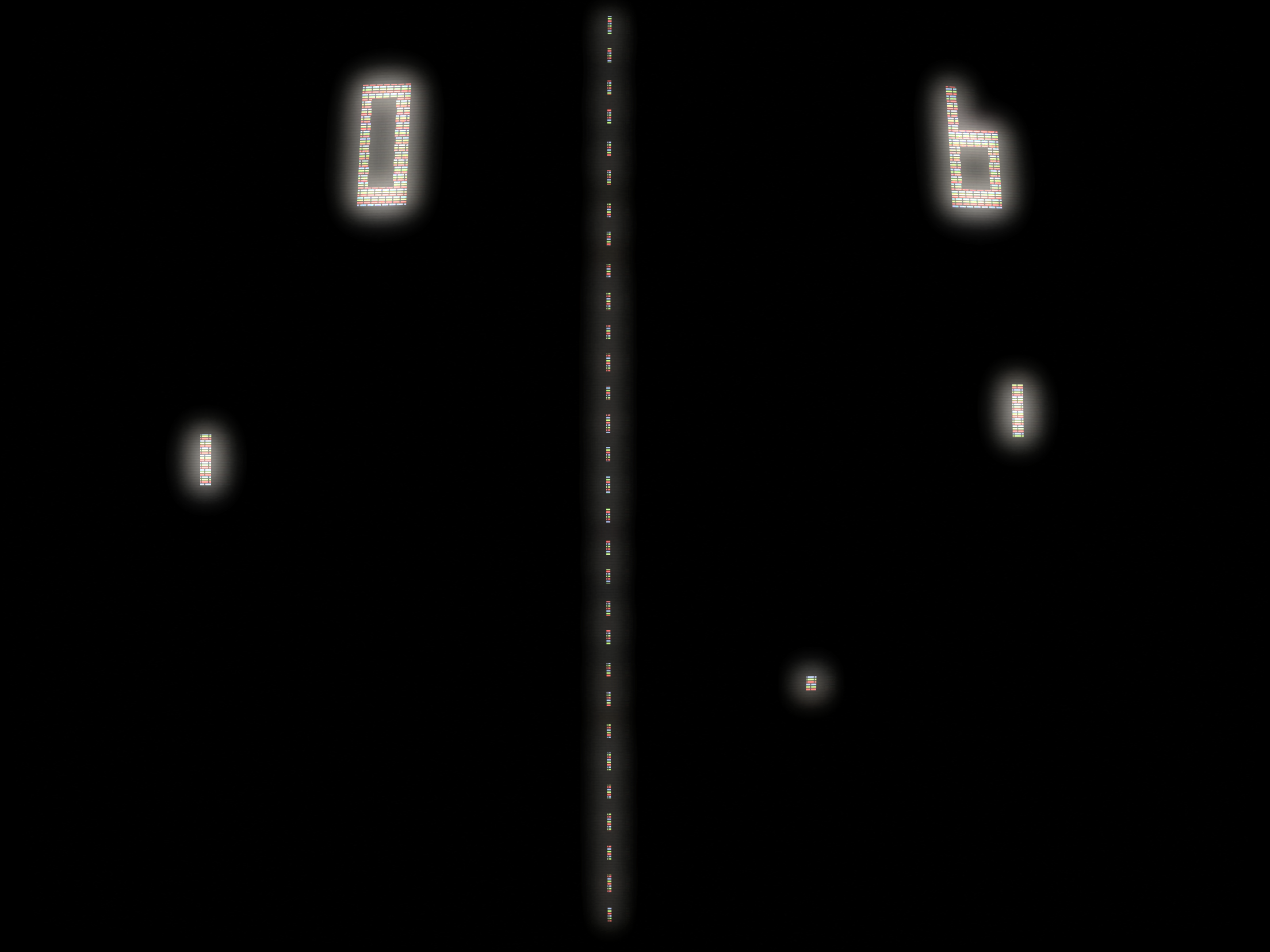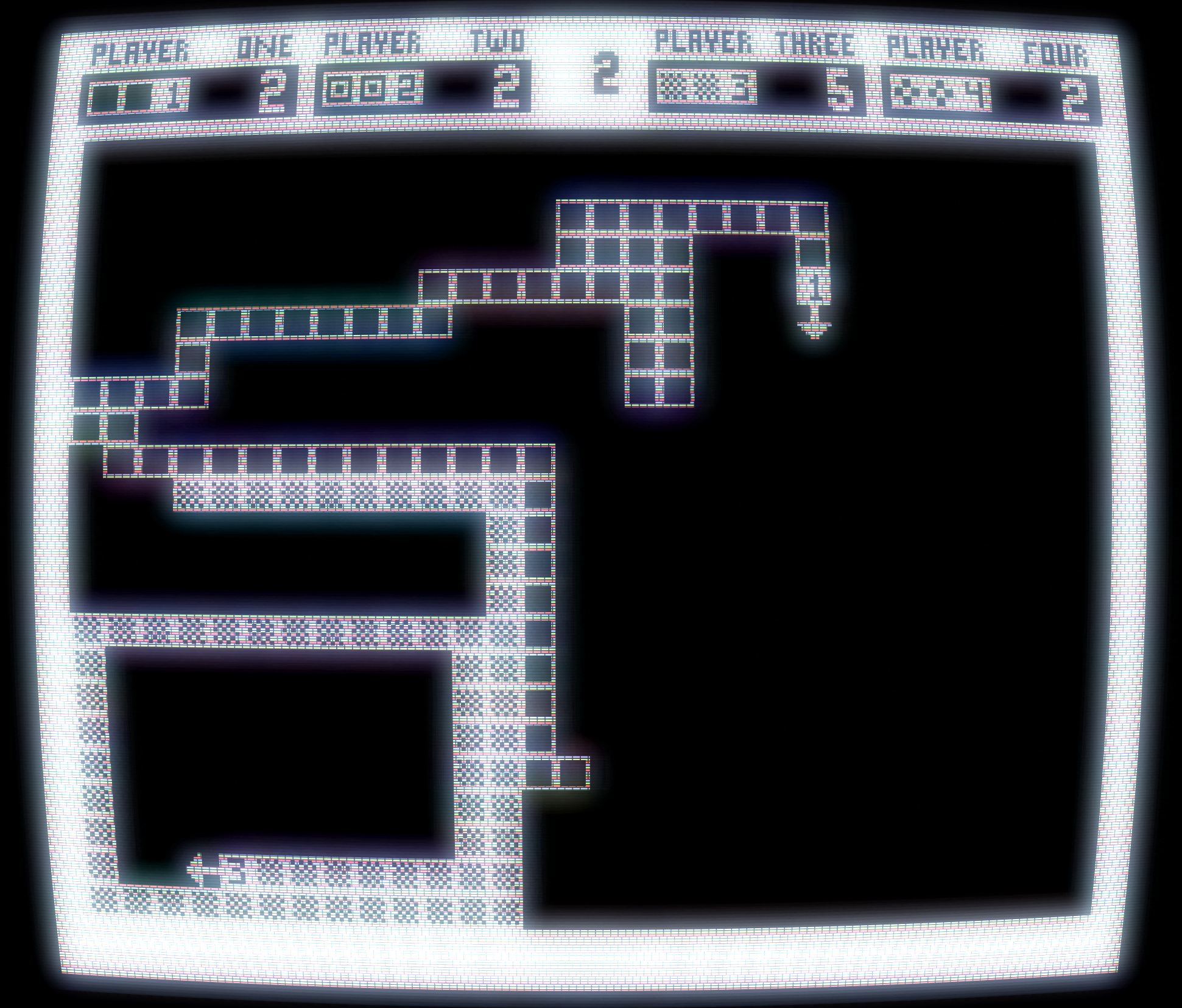
Checkmate
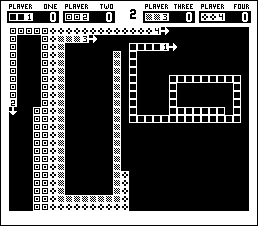 The Game: Up to four players control markers that leave a solid “wall” in their wake. The object of the game is to trap the other players by building a wall around them that they can’t avoid crashing into – or forcing them to crash into their own walls. Run into a wall, either your own or someone else’s, ends your turn and erases your trail from the screen (potentially eliminating an obstacle for the remaining players). The player still standing at the end of the round wins. (Midway, 1977)
The Game: Up to four players control markers that leave a solid “wall” in their wake. The object of the game is to trap the other players by building a wall around them that they can’t avoid crashing into – or forcing them to crash into their own walls. Run into a wall, either your own or someone else’s, ends your turn and erases your trail from the screen (potentially eliminating an obstacle for the remaining players). The player still standing at the end of the round wins. (Midway, 1977)
Memories: Any classic gamer worth his weight in pixels will recognize Checkmate as one of the inspirations for the Light Cycle sequence in both the movie and the game adaptation of Tron – but that doesn’t mean that Tron had to be behind the wheel for this concept to be a lot of fun.
Odyssey 3000
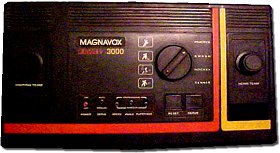 It adds nothing to the Odyssey 2000’s “four action-packed video games,” but the Odyssey 3000 is a quantum leap in the design aesthetic of the console itself. Finally breaking away from the basic casing design that had been in place since the Odyssey 100, Odyssey 3000 packs four games (well, really just three plus a Tennis “practice mode”) into a sleek, futuristic-looking black wedge with highlights that almost anticipate – believe it or not – the look of the computer screens in Star Trek: The Next Generation (though to be more realistic, it may have been influenced by the design line of Atari’s Fuji logo). The controllers are detachable but hardwired, and nestle snugly into the console itself.
It adds nothing to the Odyssey 2000’s “four action-packed video games,” but the Odyssey 3000 is a quantum leap in the design aesthetic of the console itself. Finally breaking away from the basic casing design that had been in place since the Odyssey 100, Odyssey 3000 packs four games (well, really just three plus a Tennis “practice mode”) into a sleek, futuristic-looking black wedge with highlights that almost anticipate – believe it or not – the look of the computer screens in Star Trek: The Next Generation (though to be more realistic, it may have been influenced by the design line of Atari’s Fuji logo). The controllers are detachable but hardwired, and nestle snugly into the console itself.
Night Driver
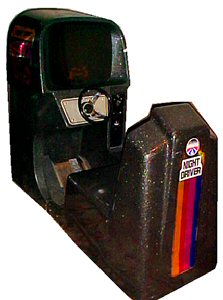 The Game: You’re racing the Formula One circuit by the glow of your headlights alone – avoid the markers along the side of the road and other passing obstacles…if you can see them in time. (Atari, 1976)
The Game: You’re racing the Formula One circuit by the glow of your headlights alone – avoid the markers along the side of the road and other passing obstacles…if you can see them in time. (Atari, 1976)
Memories: Aside from the very cool cockpit cabinet of the sit-down version of Night Driver, there’s a reason why it earns a spot in video game history. Go ahead and see if you can guess what it is. Give up? It’s the first time that a representation of depth appeared in the graphics of a video game. Until this point, home and arcade video games had presented their playing fields as strictly two-dimensional spaces: they were seen from straight overhead, or from a side-on view.
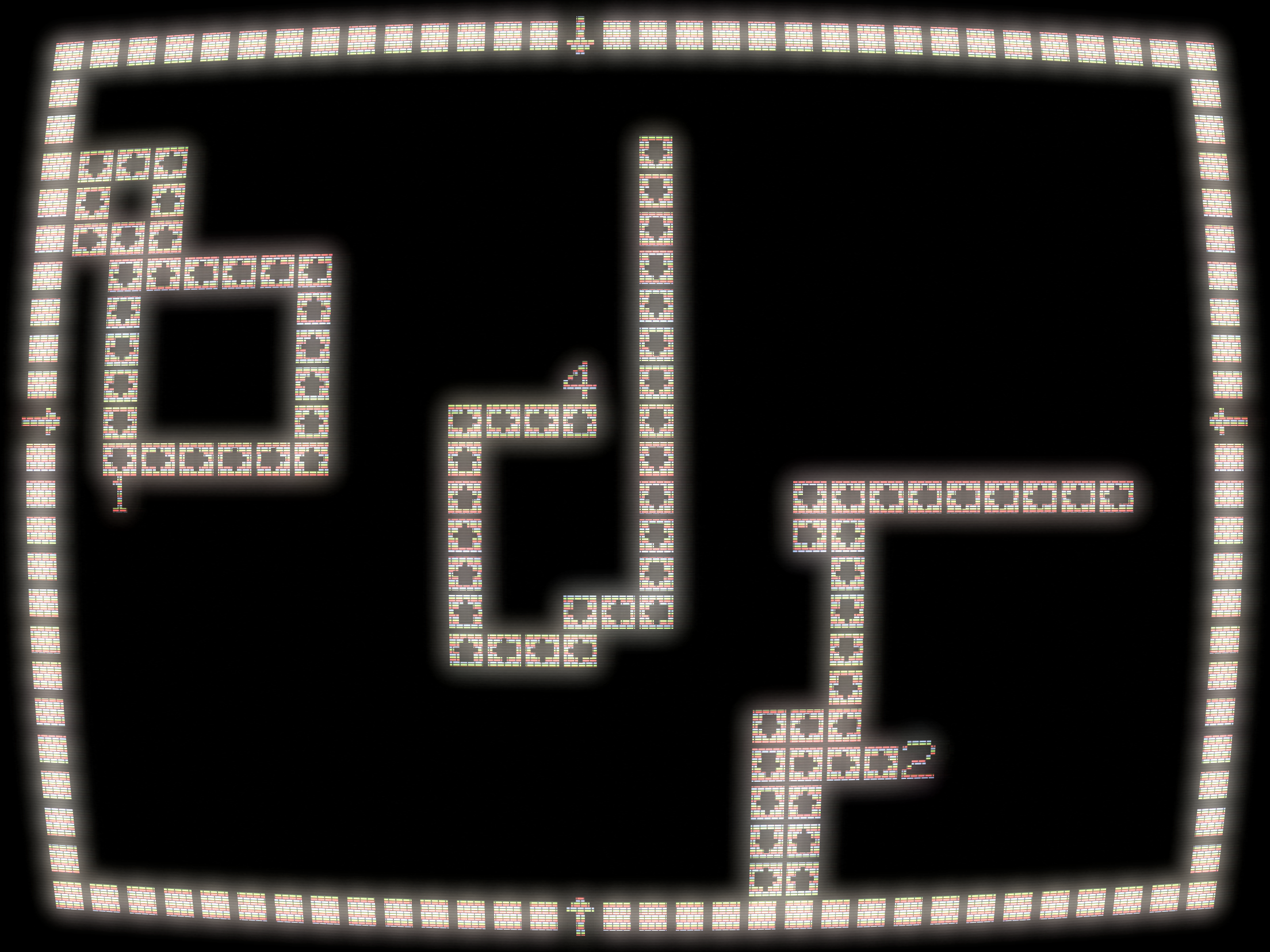
Barricade
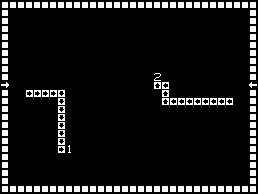 The Game: Up to four players control markers that leave a solid “wall” in their wake. The object of the game is to trap the other players by building a wall around them that they can’t avoid crashing into – or forcing them to crash into their own walls. Run into a wall, either your own or someone else’s, ends your turn and erases your trail from the screen (potentially eliminating an obstacle for the remaining players). The player still standing at the end of the round wins. (Ramtek, 1976)
The Game: Up to four players control markers that leave a solid “wall” in their wake. The object of the game is to trap the other players by building a wall around them that they can’t avoid crashing into – or forcing them to crash into their own walls. Run into a wall, either your own or someone else’s, ends your turn and erases your trail from the screen (potentially eliminating an obstacle for the remaining players). The player still standing at the end of the round wins. (Ramtek, 1976)
Memories: If you’re a fan of the “Light Cycle” concept made popular by Tron (both the movie and the game), this is where it all started, with an obscure game from a relatively obscure manufacturer. But that obscurity isn’t earned by a game that essentially launched and entire genre.

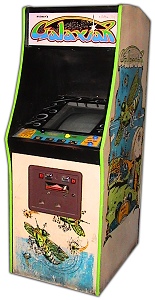 The Game: In one of the most seminal variations on the Space Invaders format, Galaxian was among the first clones to introduce attacking formations that would break off from the usual rows and columns of
The Game: In one of the most seminal variations on the Space Invaders format, Galaxian was among the first clones to introduce attacking formations that would break off from the usual rows and columns of 

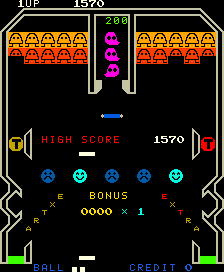
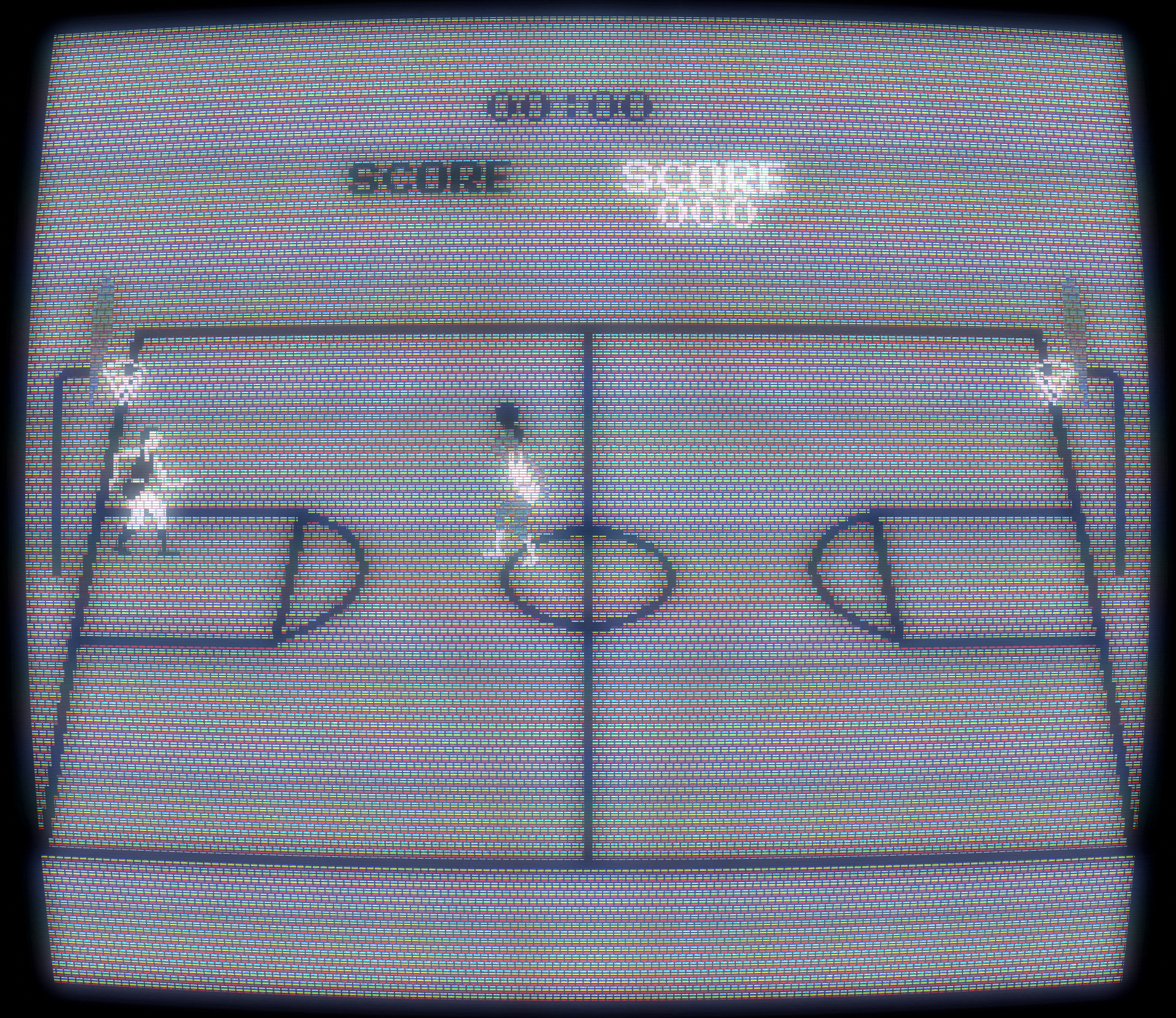
 The Game: It’s a one-on-one hardwood hoedown as two players control tank-topped, gym-socked hoops stars in an effort to bank the most baskets. Whoever buckets the most balls by the end of the game’s preset timer wins. (Atari, 1979)
The Game: It’s a one-on-one hardwood hoedown as two players control tank-topped, gym-socked hoops stars in an effort to bank the most baskets. Whoever buckets the most balls by the end of the game’s preset timer wins. (Atari, 1979)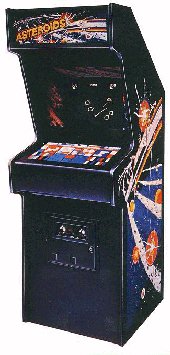
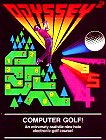 The Game: As man eked out his existence in the dark ages with only his animal cunning and the brutal power of the club, so do you in this golf simulation, in which you putter around nine different courses in an attempt to make a hole in one – or simply to stay under par. (Magnavox, 1978)
The Game: As man eked out his existence in the dark ages with only his animal cunning and the brutal power of the club, so do you in this golf simulation, in which you putter around nine different courses in an attempt to make a hole in one – or simply to stay under par. (Magnavox, 1978)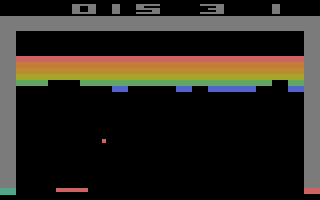

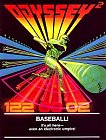 The Game: In Baseball!, you are, quite simply, one of two teams playing the great American game. If you’re up at bat, your joystick and button control the man at the plate and any players on base. If you’re pitching, your button and joystick control how wild or straight your pitches are, and you also control the outfielders – you can catch a ball on the fly, or pick it up and try to catch the other player away from his bases. (Magnavox, 1978)
The Game: In Baseball!, you are, quite simply, one of two teams playing the great American game. If you’re up at bat, your joystick and button control the man at the plate and any players on base. If you’re pitching, your button and joystick control how wild or straight your pitches are, and you also control the outfielders – you can catch a ball on the fly, or pick it up and try to catch the other player away from his bases. (Magnavox, 1978)



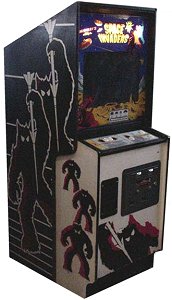
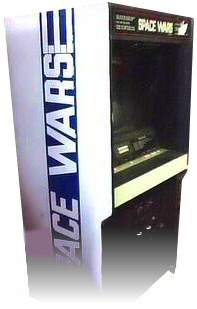 The Game: Two ships are locked in deadly deep-space combat, firing interplanetary ordnance at each other. Some variations include a sun whose gravity well will draw the immobile or the unwary to their destruction, or a roaming asteroid which can be a handy shield one moment and a killer obstacle the next. Whoever survives the most confrontations within a set amount of time is the victor. (Cinematronics, 1978)
The Game: Two ships are locked in deadly deep-space combat, firing interplanetary ordnance at each other. Some variations include a sun whose gravity well will draw the immobile or the unwary to their destruction, or a roaming asteroid which can be a handy shield one moment and a killer obstacle the next. Whoever survives the most confrontations within a set amount of time is the victor. (Cinematronics, 1978) The Game: It’s like pinball, but not quite. Not only are the bouncing-ball physics and bumpers of pinball present, but so are walls of bricks which, when destroyed, add to your score and sometimes redirect your ball in unpredictable directions. Pinball meets Breakout. (Namco, 1978)
The Game: It’s like pinball, but not quite. Not only are the bouncing-ball physics and bumpers of pinball present, but so are walls of bricks which, when destroyed, add to your score and sometimes redirect your ball in unpredictable directions. Pinball meets Breakout. (Namco, 1978)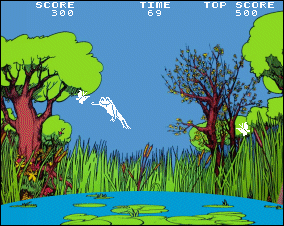 The Game: Long before Frogger and Frog Bog, there were simply Frogs, the original arcade amphibians. One or two frogs hop along a lily pad at the bottom of the screen, scoping out tasty flies to eat. When you’ve got a morsel in your frog’s reach, jump and try to activate your frog’s tongue at just the right time. (You’ll know if you’ve snared a meal because your frog will seem to ascend the screen in heavenly bliss.) Whoever has the most points at the end of the timed game is the supreme frog. (Gremlin, 1978)
The Game: Long before Frogger and Frog Bog, there were simply Frogs, the original arcade amphibians. One or two frogs hop along a lily pad at the bottom of the screen, scoping out tasty flies to eat. When you’ve got a morsel in your frog’s reach, jump and try to activate your frog’s tongue at just the right time. (You’ll know if you’ve snared a meal because your frog will seem to ascend the screen in heavenly bliss.) Whoever has the most points at the end of the timed game is the supreme frog. (Gremlin, 1978)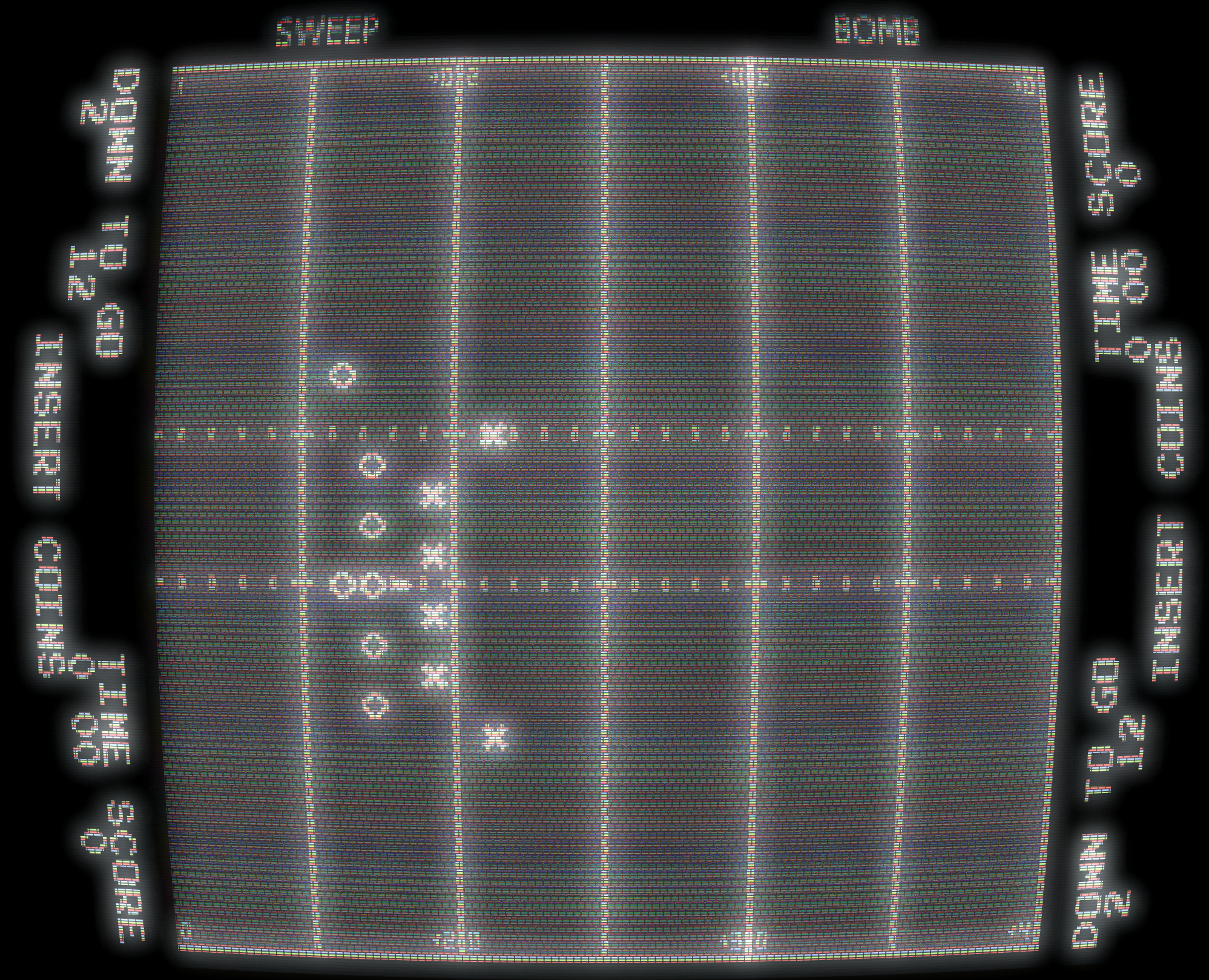
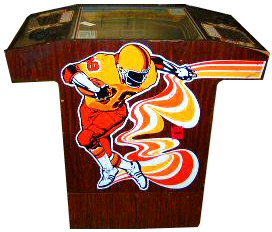 The Game: Trade those pads in for pixels and get ready to hit the gridiron. Each player controls a football team represented by Xs or Os, and uses a keypad to select offensive and defensive maneuvers – and the trakball to tear across the turf as fast as the player can move it. Additional quarters buy additional playing time (each quarter gets two minutes of play). Whoever has the highest score at the end of the game is the winner; later four-player variations sported additional trakballs so the offensive player could control his team’s quarterback and another could control the receiver for passing plays, while there were now two independent players on the defensive team. (Atari, 1978)
The Game: Trade those pads in for pixels and get ready to hit the gridiron. Each player controls a football team represented by Xs or Os, and uses a keypad to select offensive and defensive maneuvers – and the trakball to tear across the turf as fast as the player can move it. Additional quarters buy additional playing time (each quarter gets two minutes of play). Whoever has the highest score at the end of the game is the winner; later four-player variations sported additional trakballs so the offensive player could control his team’s quarterback and another could control the receiver for passing plays, while there were now two independent players on the defensive team. (Atari, 1978)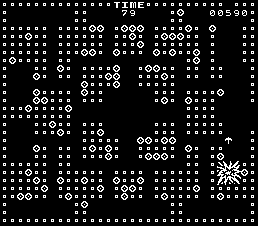 The Game: Piloting a mobile cannon around a cluttered playfield, you have but one task: clear the screen of mines, without blowing yourself up, in the time allotted. If you don’t clear the screen, or you manage to detonate a mine so close to yourself that it takes you out, the game is over. If you do clear all the mines, you get a free chance to try it again. Two players can also try to clear the minefield simultaneously. (Gremlin, 1978)
The Game: Piloting a mobile cannon around a cluttered playfield, you have but one task: clear the screen of mines, without blowing yourself up, in the time allotted. If you don’t clear the screen, or you manage to detonate a mine so close to yourself that it takes you out, the game is over. If you do clear all the mines, you get a free chance to try it again. Two players can also try to clear the minefield simultaneously. (Gremlin, 1978)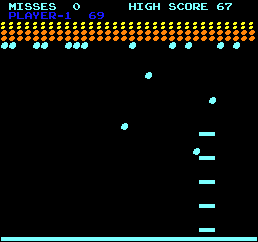 The Game: Watch for falling rocks – because it’s your job to catch them. You control a series of containers arranged in a vertical row, and your task is to catch all of the rocks, without fail, not letting a single one of them hit the ground. The more rocks you catch, the more containers you’ll fill, and you’ll be left with fewer, and smaller, containers. If you let a rock through your defenses too many times, the game’s over. And you’ll probably be hit in the head with a lot of rocks. Neither outcome is really a good thing. (Atari, 1978)
The Game: Watch for falling rocks – because it’s your job to catch them. You control a series of containers arranged in a vertical row, and your task is to catch all of the rocks, without fail, not letting a single one of them hit the ground. The more rocks you catch, the more containers you’ll fill, and you’ll be left with fewer, and smaller, containers. If you let a rock through your defenses too many times, the game’s over. And you’ll probably be hit in the head with a lot of rocks. Neither outcome is really a good thing. (Atari, 1978)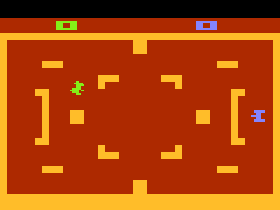 The Game: Two players each control a fearsome armored fighting vehicle on a field of battle littered with obstacles (or not, depending upon the agreed-upon game variation). The two tanks pursue each other around the screen, trying to
The Game: Two players each control a fearsome armored fighting vehicle on a field of battle littered with obstacles (or not, depending upon the agreed-upon game variation). The two tanks pursue each other around the screen, trying to 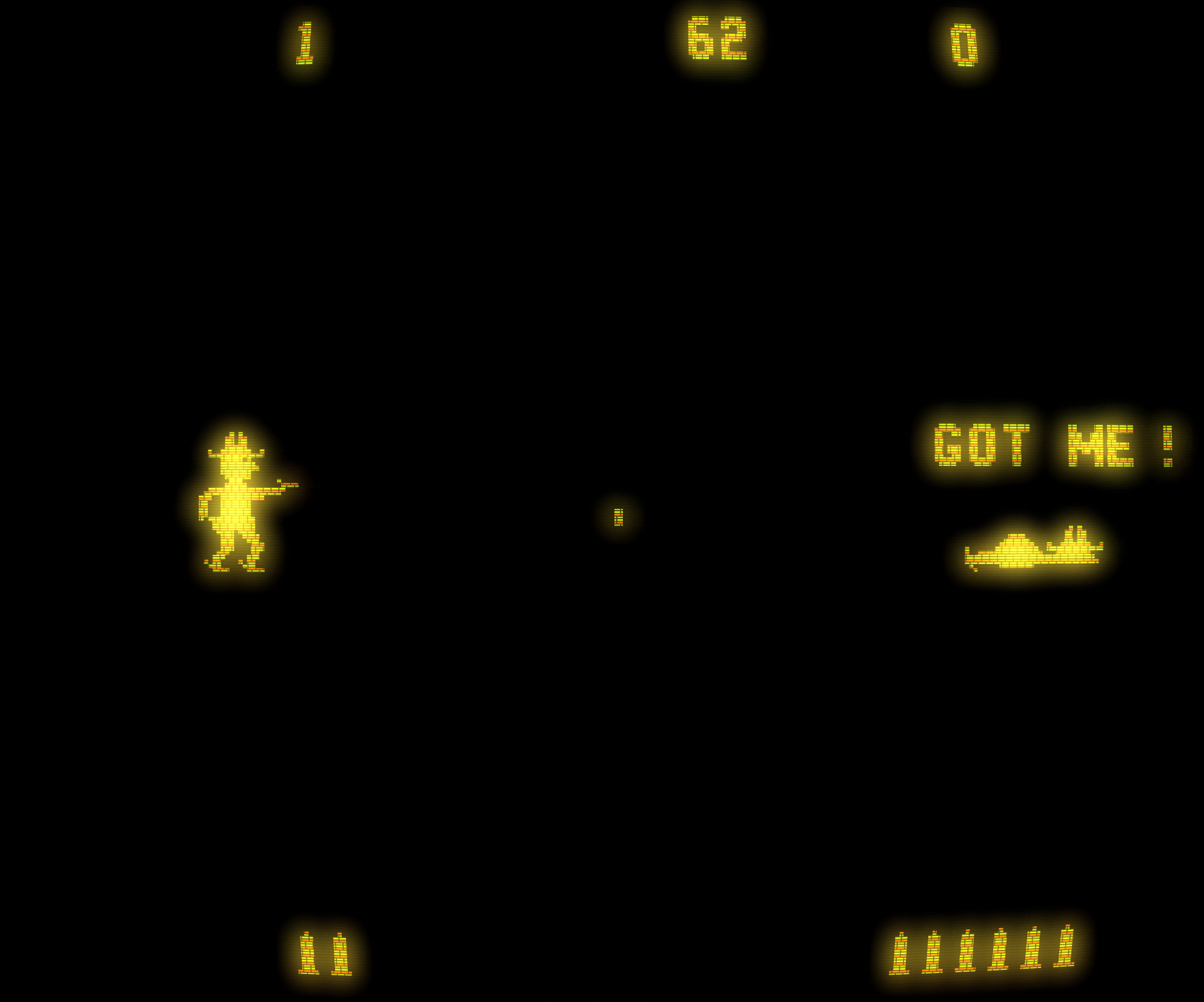
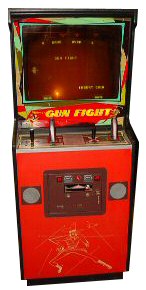 The Game: Grab yer guns and draw, sonny! You face off against another player, with only six bullets and plenty of obstacles in the way – a pesky cactus or two, a roaming covered wagon, and so on. Whoever lines his opponent’s belly with lead first wins the round, and the final victory goes to whoever wins the most rounds. (Midway, 1975)
The Game: Grab yer guns and draw, sonny! You face off against another player, with only six bullets and plenty of obstacles in the way – a pesky cactus or two, a roaming covered wagon, and so on. Whoever lines his opponent’s belly with lead first wins the round, and the final victory goes to whoever wins the most rounds. (Midway, 1975)